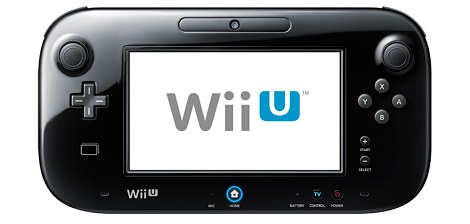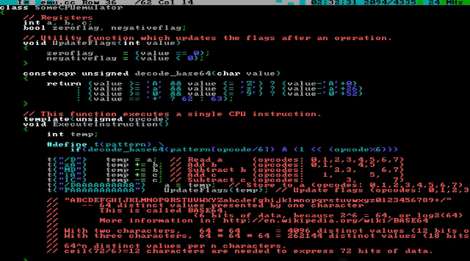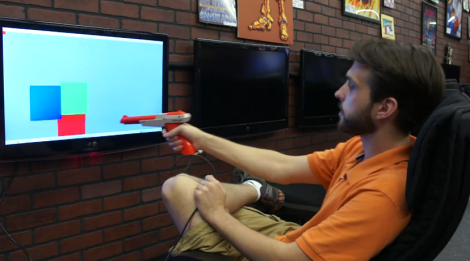
In case you’ve been living under a rock for the past few months, Nintendo will be releasing their next-gen console this weekend. It’s called the Wii U, and one of the most interesting features is the Wii U GamePad – the first controller to feature a full-color video screen right between the analog sticks.
Needless to say, we’re not terribly interested in the Wii U. The GamePad, though, looks perfect for robot controllers, FPV aerial vehicles, and a whole slew of projects that require some remote control.
The hardware for the GamePad is fairly impressive; apart from D pads and analog sticks, the new Wii Controller features a front-facing camera, gyroscope, accelerometer, magnetometer, 6.2 inch 854×480 touchscreen display, and an extension port housing an I2C bus for all your old Wii peripherals.
Other than a stock feature list, we have no idea how the Wii U will be able to transmit video to the GamePad. It might be WiFi, allowing you to connect all your projects to a wireless network and control them without a whole lot of hardware.
We’ll keep you posted on the developments of hacking the Wii U GamePad. Hopefully we’ll all have an awesome remote control by next year.
















